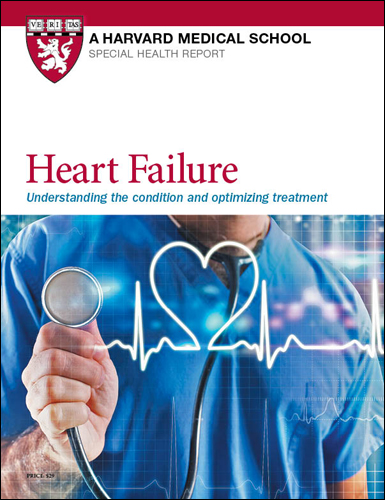Types of aortic valve problems
Ask the doctor
 Q.
Can you please explain the difference between aortic stenosis and aortic regurgitation?
Q.
Can you please explain the difference between aortic stenosis and aortic regurgitation?
A. The aortic valve serves as the gateway between the heart's left ventricle and the aorta, the massive blood vessel that emerges from the heart.
In aortic stenosis, the valve narrows and can't open fully, which restricts the forward flow of blood. In aortic regurgitation, the valve doesn't close properly, which causes blood to leak backward into the left ventricle. With both problems, the underlying cause may be present at birth (congenital) or acquired later in life — and they can occur alone or together.
A normal aortic valve has three flaps of tissue, known as leaflets or cusps. But about 1% to 2% of people are born with a bicuspid aortic valve, which means their aortic valve has just two leaflets. Without the third one, the valve may not fully open, which leads to stenosis. Or it may not close completely, leading to regurgitation. Occasionally, babies born with aortic valve stenosis (usually from a bicuspid valve) have valves that are so narrow that they develop symptoms before their first birthday. But most people don't know they have aortic stenosis until much later in life, when a doctor detects a murmur (an unusual heart sound) or they develop symptoms. These include chest pain, shortness of breath, getting tired easily, swollen ankles, and palpitations (a sensation of extra or skipped heartbeats).
In the past, one common cause of acquired aortic stenosis was rheumatic fever, which sometimes developed after a strep throat infection. Antibodies against the infection attacked the valve leaflets, causing them to stiffen and fuse together. But antibiotics have mostly eliminated rheumatic fever in people born and raised in this country.
Today, most cases of aortic stenosis result from the wear and tear of aging, which causes the leaflets to degenerate. Most often, the valve thickens and narrows due to a buildup of calcium on the leaflets. But regurgitation can also develop, and the symptoms are similar to those caused by stenosis. Aortic regurgitation can also result from rare conditions that cause the aorta and aortic valve to enlarge, including Marfan's syndrome, a connective tissue disorder. In addition, certain autoimmune conditions such as lupus can lead to aortic regurgitation.
If a doctor detects a heart murmur, an ultrasound of the heart (echocardiogram) is needed to diagnose a leaky or stiffened aortic valve. People with mild stenosis or regurgitation without any symptoms should be regularly monitored by a cardiologist. If the problem worsens, they may need a valve replacement. While some people require surgery, many with aortic stenosis are candidates for a less invasive, nonsurgical approach known as transcatheter aortic valve replacement.
Illustration by Scott Leighton
About the Author

Deepak L. Bhatt, M.D., M.P.H, Former Editor in Chief, Harvard Heart Letter
Disclaimer:
As a service to our readers, Harvard Health Publishing provides access to our library of archived content. Please note the date of last review or update on all articles.
No content on this site, regardless of date, should ever be used as a substitute for direct medical advice from your doctor or other qualified clinician.
















